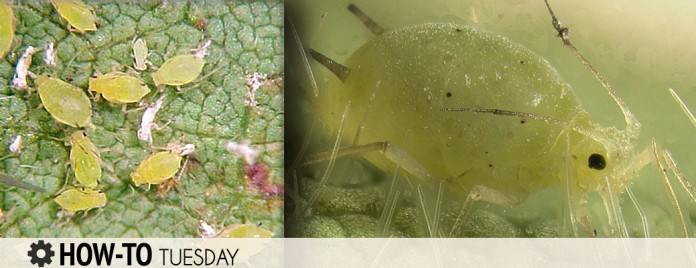WOOSTER, Ohio – Soybean growers considering if or when to apply insecticide treatments for aphids need to determine the number of insects present in each field, as well as soybean growth stage, says an entomologist with Ohio State University’s College of Food, Agricultural and Environmental Sciences.
Aphid increase
While many growers are seeing a rapid increase in the number of aphids on their soybean plants, they need to keep in mind that in the late R5 and R6 growth stages, unless the population numbers reach more than 1,000 aphids per plant, they might not need to treat, said Andy Michel, an Ohio State University Extension pest expert .
“Yield loss occurs when aphids reach 500 to 600 aphids per plant during flowering and pod development, but these numbers do not apply to beans at late R5 growth stage and later,” Michel said.
Sacrificing yield
Another part of the issue is that growers could sacrifice yield if they choose to spray using ground equipment if the plants are past the growth stage in which aphids could cause injury.
“While the aphid numbers are finally at a point where they are more than just a few, most soybeans are in the later growth stages where the potential for economic injury is very low,” Michel said. “We’re urging caution because soybeans are most susceptible at the flowering and pod development stages, but once the seeds are full size, they aren’t as susceptible.
“It’s a very gray area once you reach the late growth stage because it would be a waste of money to treat unless the numbers are very high, and you could destroy a couple of acres of yield running spraying machinery over the plants unless you are spraying by air. In the late growth stage, the yield is already made and the aphid populations may not be high enough to be a concern anymore.”
Other considerations
Michel offered the following considerations for growers deciding whether to treat:
- If the population is still rising, check again in three or four days to see if the populations have reached 700 to 800 aphids per plant. It might be that natural predators such as lady beetles are keeping the aphid populations down.
- If the growth stage is at R6 before the aphid population reaches these levels, growers might not need to treat.
- If treatment is necessary, growers need to decide between spraying by air or ground equipment. Ground equipment could cause a two-three bushel per acre loss on yield.











